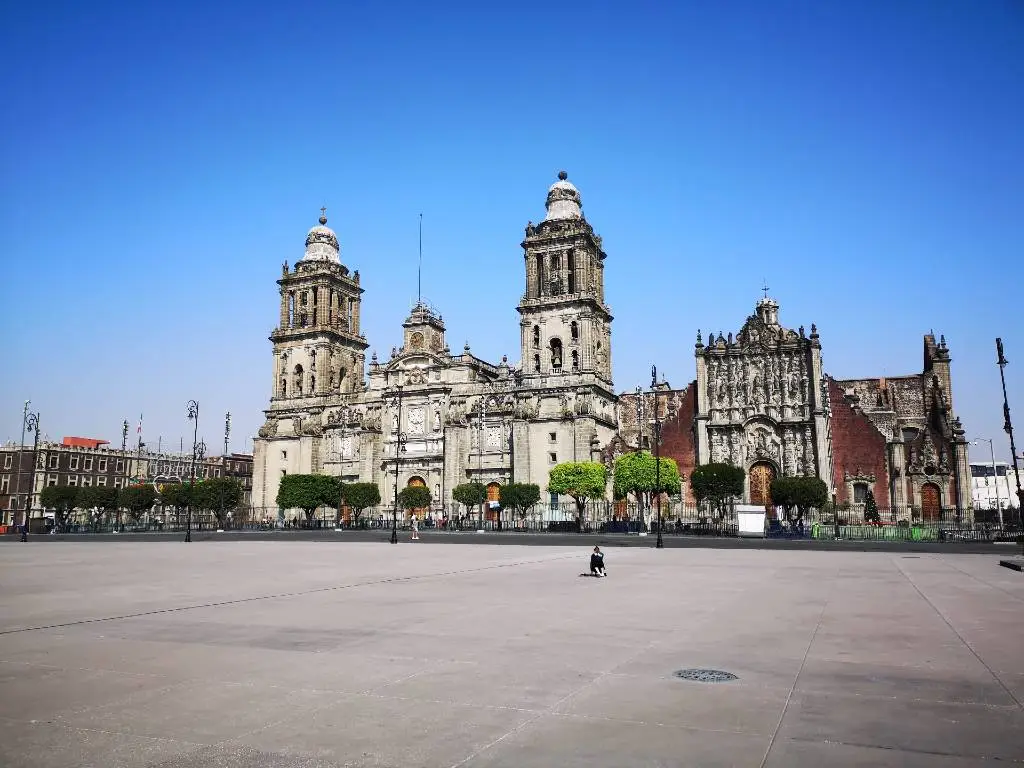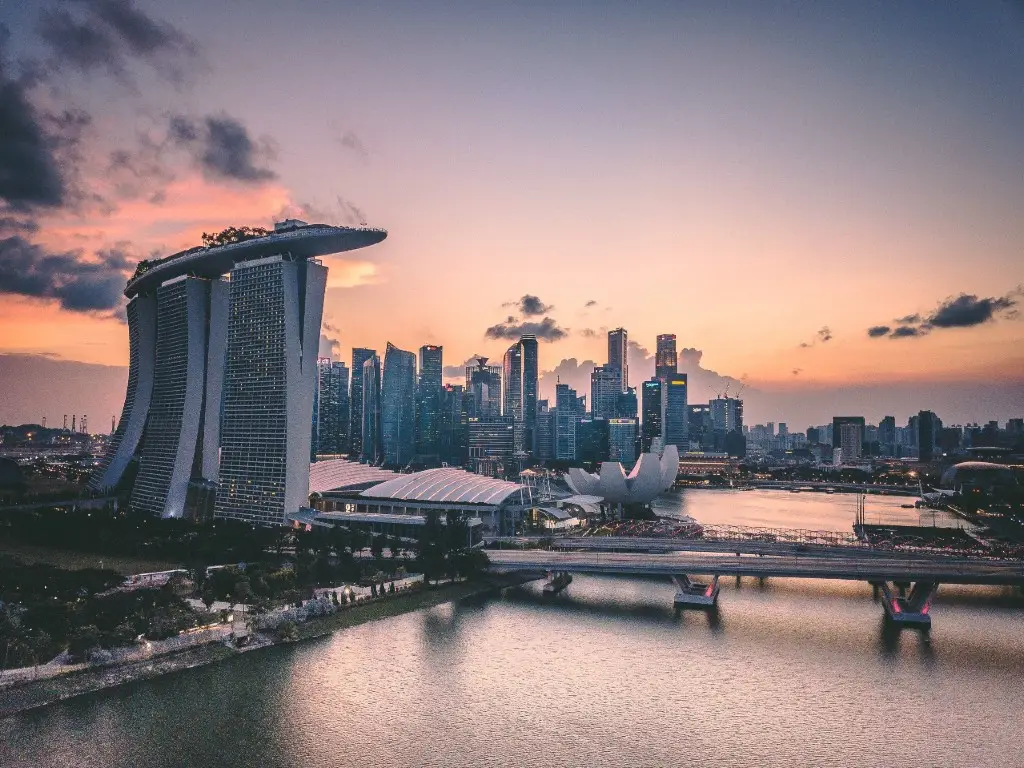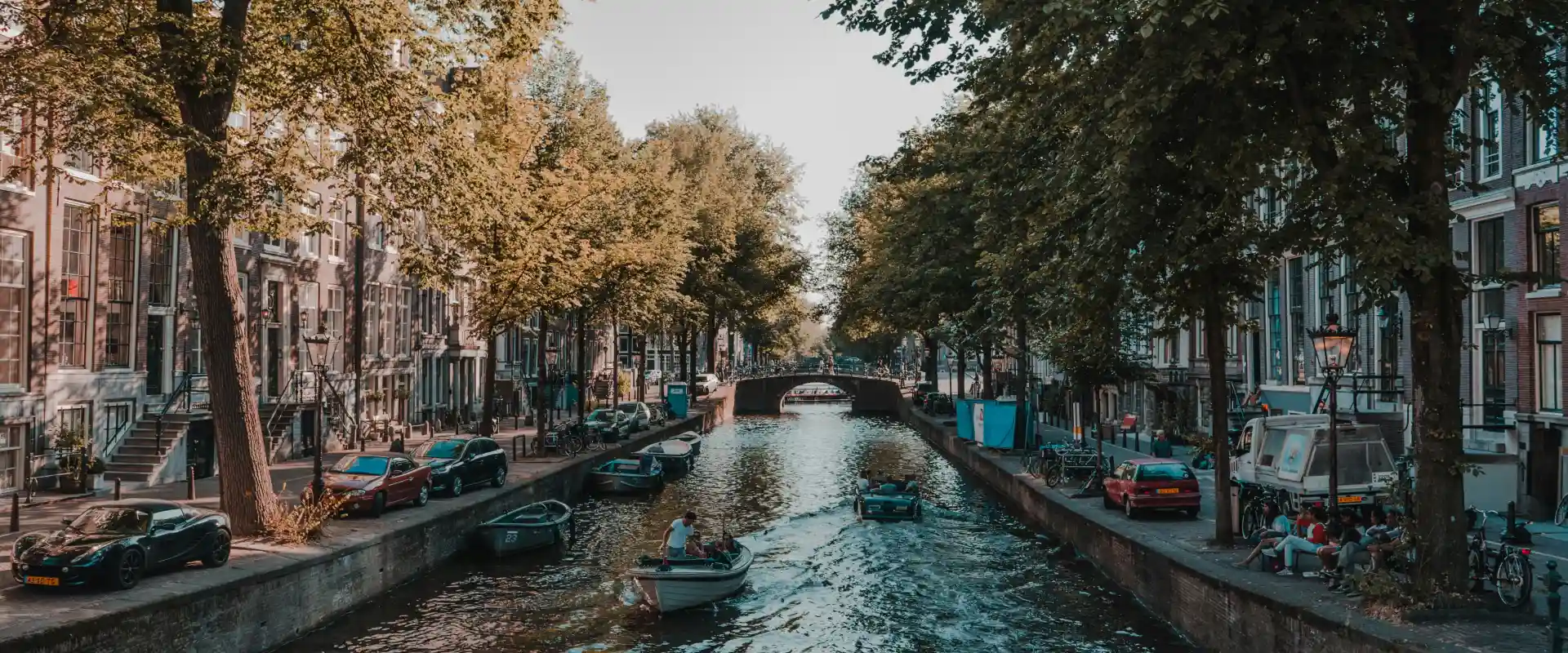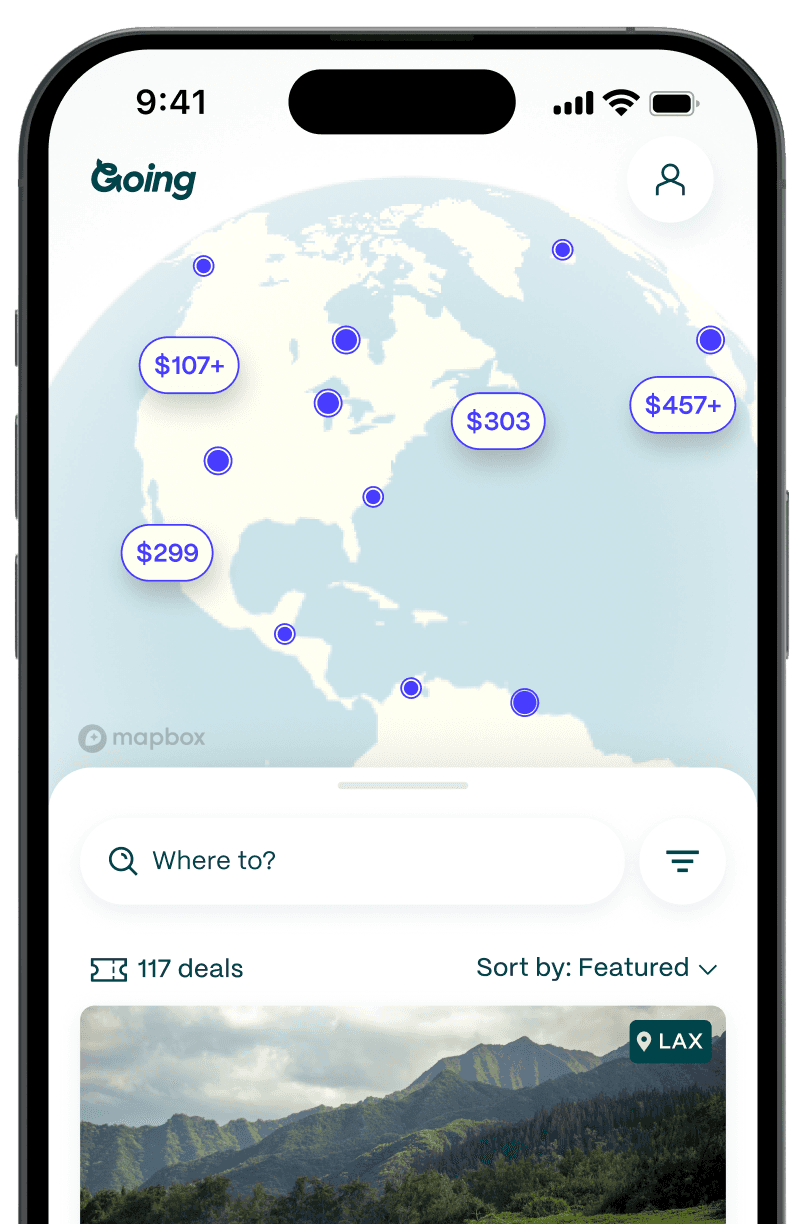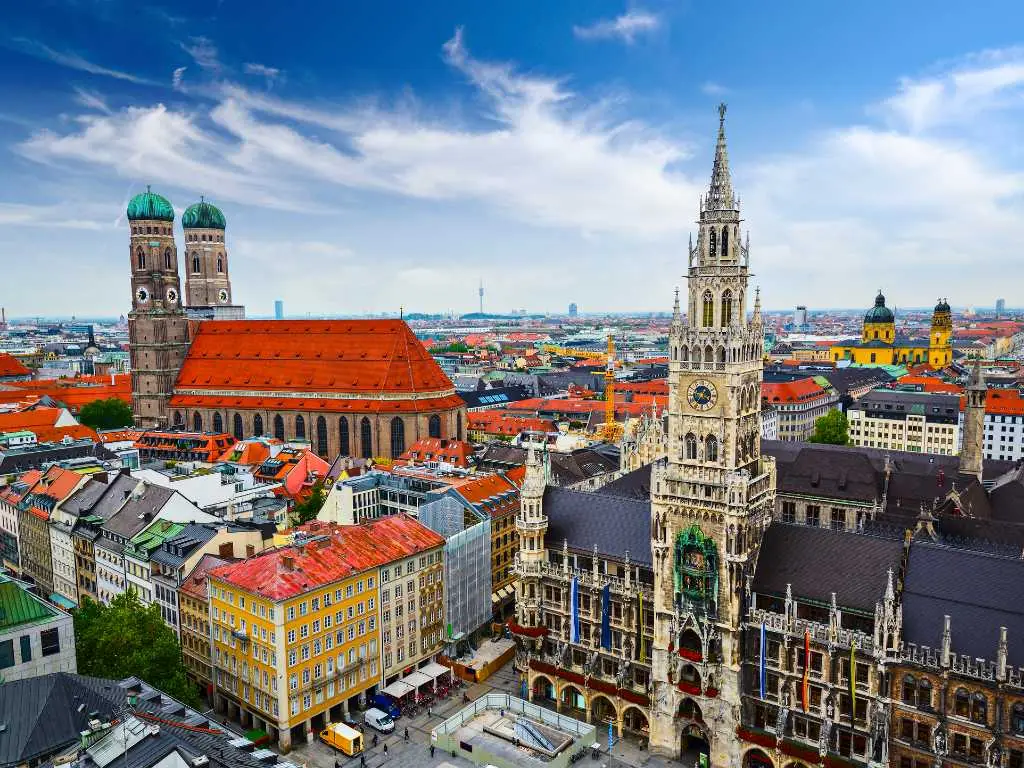
Layover in Munich: Your Guide to Quick and Memorable Adventures
Table of Contents
Key takeaways
- On a layover in Munich, you can explore the Old Town (Altstadt), which features historical sites like the Neues Rathaus and Frauenkirche. The city center is easily accessible from the airport by S-Bahn train, which takes around 40 minutes.
- Munich is famous for its traditional beer culture, with beer halls and gardens like the Airbräu brewery at the airport or the Hofbräuhaus and Englischer Garten in the city center, where you can enjoy local brews and Bavarian cuisine.
- If you have a layover of at least 6 hours, you can leave the airport and explore the city. With an 8–9 hour layover, you’ll have more time for sightseeing, while taking into consideration transit, security, and travel time.
- Munich is an expensive city, with moderate to high costs for food, accommodations, and attractions. Public transportation, such as the U-Bahn and S-Bahn, is efficient for getting around the city.
- With Going membership plans, you can get real-time alerts as soon as prices drop for domestic and international flights, even ones that route through Munich. That way, you know you're getting the some of the cheapest flights every time.
With its world-class museums, sprawling public gardens, and rich historical center—all surrounded by the towering peaks of the German Alps—Bavaria’s capital draws more than 8.5 million tourists each year. Any visit centers around the medieval Altstadt (Old Town), whose narrow cobblestone streets and grand squares brim with splendid Baroque and Gothic architecture. The city’s best-known sites are largely concentrated in this small area, making it easy to see several of the highlights during a layover.
Of course, no visit to Munich would be complete without taking part in its centuries-old brewing culture. Traditional beer halls and biergartens can be found in every corner of the city, with oompah bands and Dirndl-clad waitresses adding to the festive atmosphere.

- VISA REQUIRED: No
- MINIMUM CONNECTION TIME, INTERNATIONAL TO DOMESTIC: 40 mins
- MINIMUM CONNECTION TIME, INTERNATIONAL TO INTERNATIONAL: 40 mins
- MINIMUM CONNECTION TIME TO LEAVE THE AIRPORT: 6 hrs
Visa info for Germany
Germany is part of the European Union’s Schengen Zone, which allows citizens of many countries, including the United States, to visit for up to 90 days without a visa.
Minimum layover times in Munich
To make an international to domestic connection: 40 mins
Munich International Airport (MUC) is a busy but efficient airport comprised of two terminals connected by the Munich Airport Center (MAC) shopping mall, plus a satellite terminal off Terminal 2.
All terminals serve Schengen and non-Schengen flights, with Terminal 2 exclusively housing Lufthansa and its Star Alliance partners. You can walk between the two main terminals (there are also moving walkways) or there is a connecting shuttle bus service that departs every 10 minutes between 5:50am and 11pm. The satellite building (Gates K and L) can only be reached via an underground shuttle train that leaves every 2 to 4 minutes from Terminal 2; the journey takes less than a minute.
If you are connecting between the terminals, it can take anywhere from 10 minutes around 20 minutes to get to your connecting flight. Allow additional time to go through passport control and security checks if you’re coming from outside the Schengen Zone.
While Munich airport guidelines indicate a minimum time of 40 minutes to make a connection, a better option is to choose itineraries with a layover of at least 60 to 75 minutes to account for any flight delays or if you are flying outside of the same air alliance.
For layovers, it’s best to have your luggage checked through to your next destination. Allow additional time if you need to collect, store, and re-check bags. Baggage storage is available in both terminals; fees start at €2.80 for three hours.
To make an international to international connection: 40 mins
Airport guidelines also indicate a minimum of 40 minutes if you’re connecting internationally but again, a connection of 60-75 minutes provides more buffer.
To leave the airport and explore for part of the day: 6 hrs
Unfortunately, the connection between Munich’s airport and downtown isn’t as efficient as what you’d find in other European cities such as Amsterdam and Copenhagen. The airport is located just 22 miles from the city center, but Munich traffic is notoriously terrible, especially during the morning and evening rush hours, affecting bus and taxi travel time.
If you take the train, you’ll need to allow for around 40 minutes to get to the city center. Be sure your layover is at least six hours to give yourself a couple of hours to explore the city. Take into account transportation time back to the airport, clearing airport security, collecting any stored bags, and being at your gate at least 30 minutes before departure for Schengen flights or 45 minutes for international flights—plus any delays.
A 6-hour layover means you’ll have just 2 hours to explore; a layover of 8-9 hours gives you more time to enjoy the city without rushing.
- 1 hour to deplane and go through immigration and customs
- 40 mins to transit to downtown, depending on traffic
- 2 hours to explore
- 40 minutes to return to airport, depending on traffic
- 1 hour to go back through security, get to your gate, and board the plane
>> Have time for a longer trip? Read our Munich travel guide
Getting from the Munich airport to the city center
- BUS: 45-60 mins
- TAXI: 45-60 mins
- METRO: 40 mins
Whichever way you travel from the airport to the city center, it will take a minimum of 40 minutes.
To avoid the possibility of traffic, your best bet is to take the train, which departs from the Munich Airport Terminal station (Bahnhof München Flughafen) directly below the airport’s arrival and departure halls. It’s referred to as the S-Bahn (suburban train) and both the S-1 and S-8 lines leave every 10 minutes, stopping at Marienplatz in the Altstadt (Old Town), with the S-8 being slightly faster. If you plan to go round-trip by train, buy an Airport-City-Day-Ticket (clearly marked above the automated ticket machines) for €13.20, which lets you travel almost everywhere on the public transport network until 6 a.m. the next morning. Otherwise, a one-way ticket costs €11.20. The S-Bahn ticket counters and automated ticket machines take credit cards and cash.
If you take a taxi or the bus, your trip may take significantly longer, especially during rush hours. The Lufthansa Express Bus leaves from Terminal 1 and 2 and runs every 15 minutes from the airport to Munich Central Station (München Hauptbahnhof). From there, it’s about a 10- to 15-minute walk to the Old Town. A one-way ticket costs €10.50 and takes about 45 minutes.
Taxis and Uber cost about the same (around €70), though fares can be higher during the morning and evening rush hours.
Want to score the best flight deals? Learn expert tips on how to find cheap flights and save big on your next trip.
How to spend a short layover at the Munich airport
While many airports seem interchangeable, Munich’s lets you know you’re in the heart of Bavarian beer country. Its enormous Airbräu brewery, the first brewery located at an airport, features a 600-seat outdoor beer garden—complete with shady trees—plus 300 more seats inside where guests can watch the brewing process in action. It’s part of the Munich Airport Center (MAC), a vast open-air shopping mall located between Terminals 1 and 2 and open to the public.
Airbräu attracts many suburbanites, so you’ll also have the chance to mingle with locals while enjoying your stein alongside Bavarian specialties like pretzels and würst. You can even sign up for a brewery tour.
The airport has around 57 bars and restaurants and more than 150 shops scattered throughout both terminals and before and after security. Along with a slew of designer boutiques (Burberry, Bottega Veneta, Gucci, to name a few), there are those selling German souvenirs, like the Steiff shop, with its beloved teddy bears, and the FC Bayern Store, stocking just about everything for fans of the Munich soccer team.
The airport has free WiFi and dozens of airport lounges. The best can be found in the newer Terminal 2 Satellite building: a top-floor lounge complete with a roof terrace and reserved for first-class passengers.
And if you want to sleep off your jetlag, or just have some privacy, the 12 Napcab sleeping pods located in Terminal 2 include a bed, small desk, free Internet access, and adjustable music and lighting.

How to spend a short Munich layover outside the airport
Trains go direct from the airport to the city center; get off at Marienplatz, which puts you in the heart of the Altstadt (Old Town), where you can easily walk to Munich’s most emblematic sites.
The medieval-era square is presided over by the neo-Gothic Neues Rathaus (New Town Hall), where the mechanical twirling dancers and jousting knights of its chiming glockenspiel put on a 15-minute show at 11am and noon (and 5pm in summer). You can also go up in the tower to an observation deck for splendid city views.
The Altstadt abounds with historic churches, the most famous of which is Frauenkirche (Church of Our Lady), Munich’s grand Gothic cathedral, featuring two 325-foot-high towers topped with distinctive onion-shaped domes. If you only have time to go inside one church, make it Peterskirche (Church of St. Peter), the city’s oldest, dating from the 11th century. Its ornate interior is a jumble of baroque, rococo, and Gothic styles and features beautiful ceiling frescos; the intrepid can climb the 306 steps of its bell tower for panoramic views of the city and the Alps beyond.
Since 1823, the open-air Viktualienmarkt has been selling fresh fruits and vegetables, cheese and sausages, and other hot and cold German delicacies. Today, there are also plenty of souvenir stands in the mix. Locals and tourists come here to grab quick, cheap snack or to relax in the beer garden, which serves a rotating selection of brews from the city’s six major breweries.
Just to the north the Altstadt is the Englischer Garten (English Garden), a vast public park covering around 1,000 acres, with miles of pathways winding through green lawns and forests, plus a boating lake and five beer gardens. You’ll need several hours to explore it, but if your time is limited, check out the Eisbachwelle (surfing wave) on its southernmost edge, where urban surfers brave an artificial wave created by a manmade river.
How to spend an overnight layover in Munich
If you have an overnight layover or long layover in Munich with several hours to spare in the morning before your flight, it’s worth heading into the city. Opt for a centrally located hotel in the Altstadt or near the main train station (Hauptbahnhof), so you can be close to both the S-Bahn airport train and the major city sites.
Beer halls stay open until midnight or 1am, and in the warmer months, beer gardens are open until around 11pm, so you’ll have plenty of time to engage in one of Munich’s favorite pastimes—drinking. There are beer halls all around the Old Town, but be sure to stop by the world-famous Hofbräuhaus, where you can down mugs of its renowned beer, sample hearty Bavarian cuisine, and listen to traditional live music in its many historical rooms.
If the weather is fine, take a stroll through the bucolic Englischer Garten to the Chinesischer Turm (Chinese Tower) beer garden, the second-largest in the city with more than 7,000 seats. Set below the towering pagoda-like structure and beneath shady trees are hundreds of benches and tables, so even when it’s busy, you’re likely to find a spot. Ordering is done cafeteria-style; you’ll pay a deposit for your glass and be given a token, which you must return to get your money back.
Set aside several hours to explore the massive Residenz (Royal Palace), which holds many of the city’s finest artistic and historical treasures. Room after room is covered in magnificent frescoes and filled with priceless antiques, paintings, sculpture, and furniture. The Treasury alone houses over 1,250 works of art, including the crown jewels from kings and queens of Bavaria throughout the ages.
If you’re arriving into Munich late and have a morning or midday flight out the next day, you’re better off spending the night at a hotel near the airport instead of traveling into the city. The five-star Hilton Munich Airport, located between Terminals 1 and 2, features actual palm trees in the soaring atrium lobby, plus a spa and indoor pool.
Timing is everything! Find out the best time to book a cheap flight and score the lowest fares.
Need to Know
- CURRENCY: Euro
- LANGUAGE: German
- SAFETY: A+
- COST: $$$ (out of $$$$$)
- BEST TIME TO GO: May–October
Currency in Germany
The official currency is the euro. Most larger restaurants, bars, and stores in the city center accept major credit cards. However, Germany is a cash-based society, so smaller dining establishments—as well as food stalls—may only take cash.
Cost in Munich
Munich is one of Germany’s most affluent cities, so prices are generally higher than those in Berlin, but affordable compared to other European capitals.
The cost of a mid-range dinner is around $20 to $25 per person, excluding drinks, and depending on the number of courses. Beer, of course, is quite affordable, with half-liter glasses averaging around $4, and more if you drink at a touristy beer hall. Hotels, on the other hand, are less of a bargain; Munich is popular with tourists but also with trade shows, driving up demand and prices. A mid-range hotel is around $160 per night, which rises in summer and can triple during Oktoberfest.
Weather & Best Time to Go to Munich
Summer is the most popular (and expensive) time to visit, when the days are long and temps hover in the mid-70s Fahrenheit. Spring can be wet and chilly, but late April and early May are also a lovely time in the city, when the trees are in bloom.
If you plan to come in the fall, avoid the weeks of Oktoberfest (roughly the third week of September to the first week of October), as crowds are deep and hotel prices are astronomical. Christmas is cold, and there’s often snow, but you can also experience the magic of the city’s Christmas markets.
Flexible with your plans? Check out how to find cheap last-minute flights and grab the best deals before they’re gone.
Safety in Munich
Germany is ranked 16th on the 2020 Global Peace Index and Munich is one of the country’s safest cities with a low incidence of crime. It’s quite common to see people out walking around the city late in the evening. While the area around the city’s main train station, Hauptbahnhof, looks a bit seedy, it’s generally considered safe.
Transport in Munich
Most of Munich’s popular attractions are in the historic center, which is easily walkable. But if you want to pack in a lot of sightseeing, you can get around quickly using the city’s public transportation system, the MVV. The U-bahn (subway), S-bahn (suburban trains), trams, and buses operate regularly from 5am to 1am and less frequently for night service. Single tickets (Einzelfahrkarte) and day tickets (Tageskarte) vary in price as they are determined by the zone, the method of transport, and the number of stops on your journey. Generally, most sites you’ll visit will be in Zone M, with a single ticket costing €3.40 and a day ticket costing €7.90.
Note: Be sure to validate your ticket by stamping it at a machine when you enter the station or onboard the tram or bus. If you’re caught without a validated ticket, you risk a large fine.

Food & Drink in Munich
Classic Bavarian cuisine revolves around meat, potatoes, and dumplings (knödel) with a seemingly endless variety of sausages (würst) available at every meal.
Start your day with a classic frühstück (breakfast) consisting of weisswurst (white veal sausage), accompanied by a basket of pretzels and a glass of Helles or Weissbier (light or wheat beer). Other regional specialties include schweinebraten (roast pork), hax’n (ham hocks), obatzda, a cheese spread seasoned with paprika, and leberkäs (similar to meatloaf), as well as hearty stews and soups. Schneider Bräuhaus, just a few steps from Marienplatz, has been serving this rib-sticking fare with its house-brewed beer for nearly 150 years.
For a quick bite, grab an imbiss (snack) at Munich’s many small street food shops, ranging from weiners (hot dogs) to currywurst (sliced sausage with curried ketchup) to Turkish kebabs. Vegetarians can choose from several excellent restaurants including TIAN, located next to the Viktualienmarkt, which crafts highly original dishes using seasonal organic produce.
Language
German is the local language, but nearly everyone speaks English extremely well. In tourist areas, most signs and menus are also in English.
Don’t miss
Munich is home to around 80 museums and art institutions, many of which can be found in its Kunstareal Art District. If you only visit one, make it the Pinakothek der Moderne, an enormous 130,000-square-foot complex that’s comprised of four separate museums devoted to art, architecture, and design of the 20th and 21st centuries.
Don’t bother
Unless Oktoberfest is going on, there’s really no reason to visit Theresienwiese, the Oktoberfest grounds, which is little more than an empty field.
Find out how to book a long layover, see Going's deals on flights to Munich, and join today to get cheap flights from all over the world delivered right to your inbox.
Frequently asked questions
Can you leave Munich airport during a layover?
Do you have to go through customs on a layover in Munich?
Is Munich a good layover?
Can I layover in Munich without a visa?
Last updated March 7, 2025


